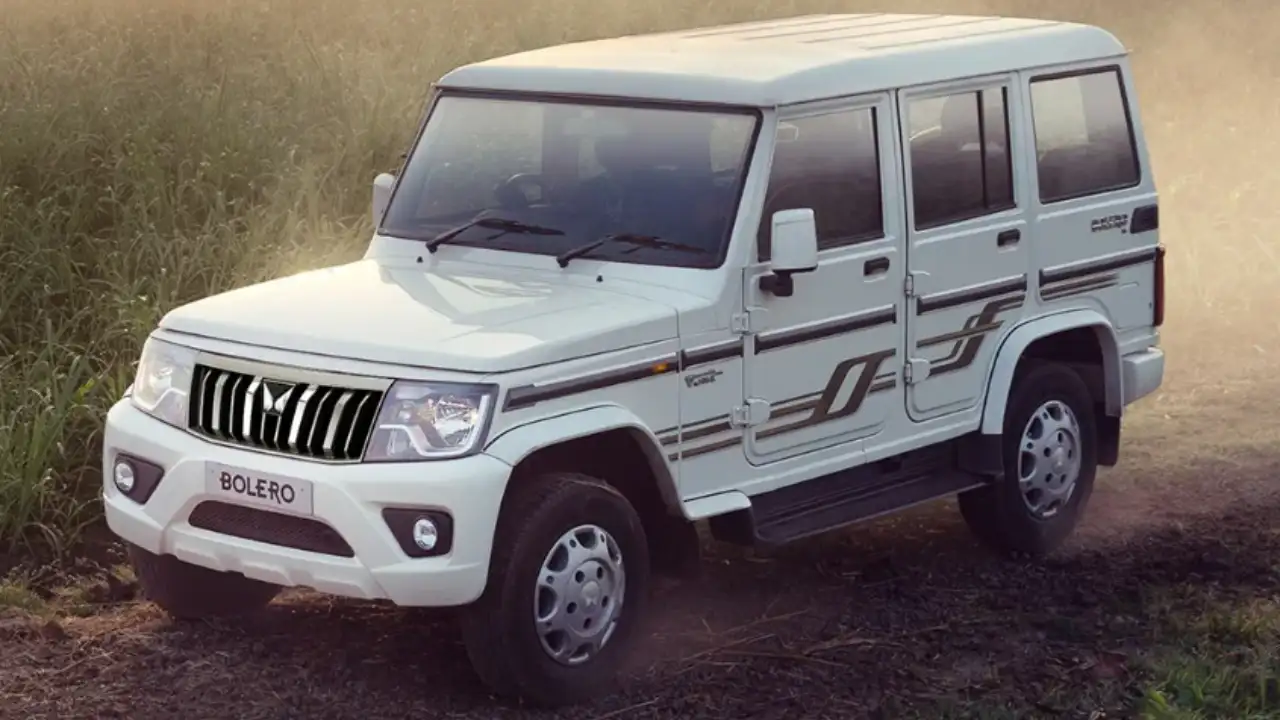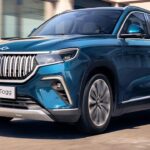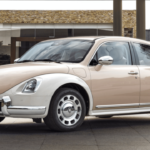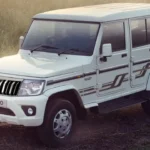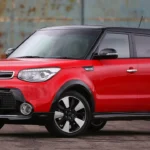Mahindra & Mahindra, a prominent name in the Indian automotive industry, has recently faced a significant dip in sales of one of its most iconic models, the Mahindra Bolero. Known for its rugged design and reliability, the Bolero has long been a favorite in rural and semi-urban markets. However, despite its strong legacy, the once-popular SUV is struggling to maintain its dominant position in the market. So, what’s behind the sales slump of the Bolero, and what challenges is Mahindra facing in a highly competitive landscape?
The Shift in Consumer Preferences
A major factor contributing to the Bolero’s decline is the shifting preferences of Indian consumers. While the SUV market in India has been booming, the Bolero, which was once the go-to choice for rural and semi-urban buyers, is now facing increased competition from newer, more modern alternatives.
The Bolero has long been associated with no-nonsense, utilitarian design, offering a robust performance suited for tough rural terrain. However, today’s consumers are seeking more feature-rich and comfortable vehicles. Newer entrants like the Mahindra Thar, Tata Nexon, and Hyundai Creta offer advanced technology, better comfort, and superior aesthetics, making them more attractive to the same customer base that once gravitated towards the Bolero.
Moreover, there has been a noticeable shift in the Indian market towards compact SUVs and crossovers that offer more fuel efficiency and better road handling. These vehicles are increasingly appealing to younger buyers, who may view the Bolero as outdated due to its boxy design and less refined features. This evolving demand for more modern vehicles has impacted the Bolero’s appeal, particularly in urban markets.

Regulatory Changes and Emission Norms
Another key challenge affecting Bolero sales is the tightening of emission norms. As part of the Indian government’s commitment to reducing air pollution, stricter Bharat Stage VI (BS-VI) emission standards have been enforced across the automotive industry. While this is a necessary step toward environmental sustainability, it has resulted in increased costs for manufacturers who must update their models to meet these new standards.
The Bolero, which has been on the market for several years, has not seen major updates to its design and engine specifications. Consequently, retrofitting the vehicle to meet the latest emission standards could require significant investment in redesigning the engine and technology. The higher cost of upgrading the Bolero to BS-VI compliance may contribute to price hikes, making it less attractive to budget-conscious buyers in rural areas, where the Bolero has traditionally enjoyed strong sales.
Additionally, the lack of modern, fuel-efficient powertrains compared to newer models means the Bolero is becoming less competitive in terms of fuel economy. This factor is especially critical in rural markets where fuel costs remain a significant concern for buyers.
Increased Competition from Newer SUV Models
The SUV segment in India has become increasingly competitive, with numerous automakers introducing new models designed to meet the preferences of today’s consumers. Mahindra, while still a dominant force in the SUV market, is facing tougher competition in the lower-end SUV category.
In particular, rivals such as the Tata Nexon and Hyundai Venue have become highly popular due to their modern design, advanced features, and competitive pricing. These compact SUVs offer better overall comfort, more powerful engine options, and superior technology, including infotainment systems, safety features, and connectivity. As a result, many former Bolero customers are now considering these newer alternatives, which cater to their growing demands for both utility and luxury.
Furthermore, the rise of electric vehicles (EVs) in India, such as the Tata Nexon EV and Mahindra’s own electric variants, has shifted consumer focus toward more sustainable and technologically advanced options. This trend is further reducing demand for older, less fuel-efficient models like the Bolero, which have not yet seen major electrification or modern upgrades.
Rural Market Shift and Price Sensitivity
While the Bolero has historically had strong sales in rural and semi-urban markets, even these areas are now seeing a shift in consumer preferences. As rural incomes rise and more buyers in these regions seek vehicles that offer better comfort and features, the appeal of rugged but basic SUVs like the Bolero is diminishing.
Moreover, the increasing availability of financing options and government schemes for rural buyers has made it easier for customers to opt for vehicles with more modern features at competitive prices. The emergence of new, feature-packed entry-level SUVs, such as the Maruti Suzuki Brezza and Hyundai Aura, has made it harder for Mahindra to maintain the Bolero’s market share in these regions.
Mahindra’s Response to the Decline
Mahindra is fully aware of the challenges it faces with the Bolero. The company continues to invest in new models, with a focus on electrification and advanced features. The Mahindra Thar, for example, has proven to be a success, appealing to both urban and rural buyers with its modern design and powerful engine options. Additionally, Mahindra has committed to expanding its electric vehicle portfolio, aligning with the growing demand for sustainable mobility solutions.
The company is also focused on enhancing the overall customer experience, improving service offerings, and making necessary updates to its existing models. While the Bolero may not be receiving significant new updates, Mahindra is likely to continue offering it as a more affordable option for buyers who prefer its simplicity and utility.
The Road Ahead for the Bolero
Although the Bolero’s sales have faced a hit, the vehicle still has a loyal customer base, particularly in rural areas. To regain its momentum, Mahindra may need to consider redesigning the Bolero, integrating more modern features and technologies, and perhaps exploring alternative fuel options like hybrid or electric versions.
In addition, the company could explore ways to revamp the Bolero’s appeal through updated design and better compliance with new emission norms. However, the key to its revival will likely depend on how Mahindra balances the legacy of the Bolero with the evolving needs of Indian consumers who are increasingly looking for vehicles that offer both utility and modernity.
Conclusion
Mahindra’s Bolero, once a staple in the Indian SUV market, is facing significant challenges in an increasingly competitive and evolving automotive landscape. While its rugged design and affordability made it a favorite for many, shifting consumer preferences, rising competition, and stringent emission norms have caused sales to dip. However, with a strategic focus on modernizing the model and adapting to market trends, Mahindra could potentially reignite the Bolero’s appeal and keep its position strong in the Indian SUV market. The future of the Bolero hinges on how well Mahindra adapts to these changes and continues to meet the needs of both urban and rural consumers.
